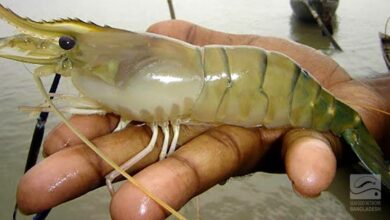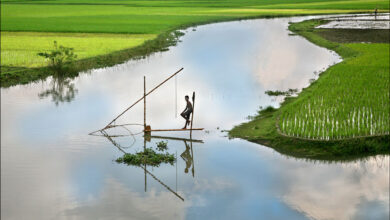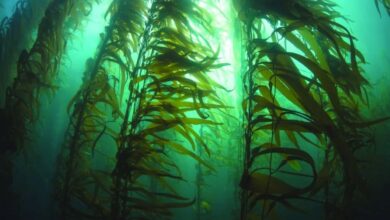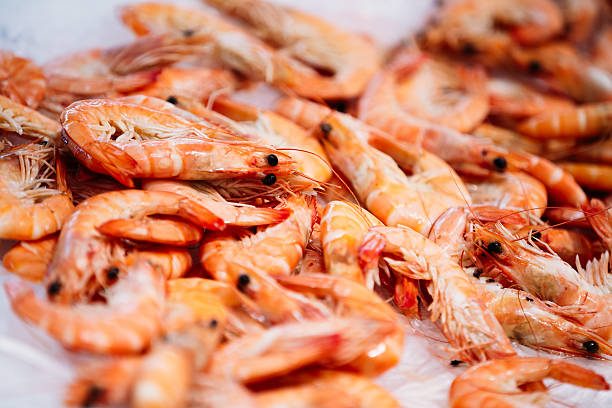
The seafood industry has been marketed to consumers as a sustainable “meat” of the future world. Yet, a new study indicates that over 90 percent of the world’s seafood production is at risk from climate change. Therefore, it raises questions regarding the long-term viability of blue foods (food produced from fresh and marine water).
On the other hand, FAO forecasts indicate that the aquaculture industry has skyrocketed in recent years. The global aquaculture industry produced more than 116 million tons of seafood in 2015. Moreover, in 2020, the sector’s production reached a record-high volume of nearly 236 million tons, which is over 60 percent higher than the 1990s average.
Despite this, experts fear that the rapid growth might come to a halt very soon as a result of rapid fluctuations in climate conditions.
Earlier in 2021, research conducted by UK researchers stated that the aquaculture sector was becoming increasingly threatened by the effects of human-driven climate change.
Additionally, there is some evidence that fish farming may pose a threat in the future climatic condition, despite the widely held belief that it will mitigate climate change.
Researchers also found that U.S. and Asian producers are most susceptible to climate change. While 85 percent of the world’s aquaculture production and 45 percent of its wild marine catch comes from Asian nations, including China, India, Japan, and Vietnam.
According to several researchers, the shifting climate is characterized by increasing temperature. The elevated temperature results in warmer water which may facilitate the spread of disease, Furthermore, the increase in CO2 in our oceans may also contribute to the extinction of marine life.
There are two species of aquatic animals that are most commonly farmed worldwide: salmon and shrimp. Aquaculture produces over half of the world’s shrimp, and salmon is almost exclusively raised on farms.
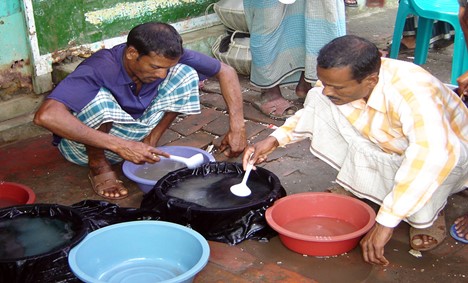
The increase in water temperatures, however, makes farmed shrimp and salmon even more vulnerable to disease. Temperature, water quality, and stress are especially important factors in the survival of shrimp. The rise in water temperatures has also been discovered to be a significant factor in mass salmon die-offs on fish farms, where salmon cannot escape the harsh conditions.
Considering Bangladesh’s vulnerability to climate change, research has disclosed that Bangladesh is already experiencing the adverse effects of climate change. Further research has revealed that Bangladesh’s seafood industry faces “extreme vulnerability” as a result of climate change.
Extreme weather events such as cyclones, floods and droughts, and rising sea levels are already taking a heavy toll on the farmers.
The majority of cyclones that have struck southwest Bangladesh in recent years have affected over 80% of shrimp farms. In addition, cyclones reduced the abundance of wild post larvae for a short period of time. Moreover, flooding along the coast occurs frequently these days and results in a loss of a complete or partial shrimp harvest.
The recent climatic condition is also dominated by erratic rainfall and extreme temperature. In the event of extreme rainfall, shrimp farms can be damaged physically, and farmers may lose their crops as shrimp crawl over dikes during large rainfalls. On the other hand, prolonged and severe droughts result in short shrimp culture periods and the shrimps become stressed and crowded. Furthermore, a fluctuation in salinity and temperature is associated with shrimp disease. During summer months, shrimp mortality increased because of excessive temperature, as they stopped feeding with increased water temperature.
Researchers are still unsure of what initiatives will truly solve the problems. In the eyes of many, plant-based and cultivated seafood represents an environmentally friendly alternative to finfish and shrimp. The impacts of climate change may be less severe for them as well.
But whether Bangladesh can develop a plant-based seafood system, such as (i.e., seaweed, mushroom, etc.) remains a question.
Jaber Bin Abdul Bari
Department of Oceanography, NSTU


